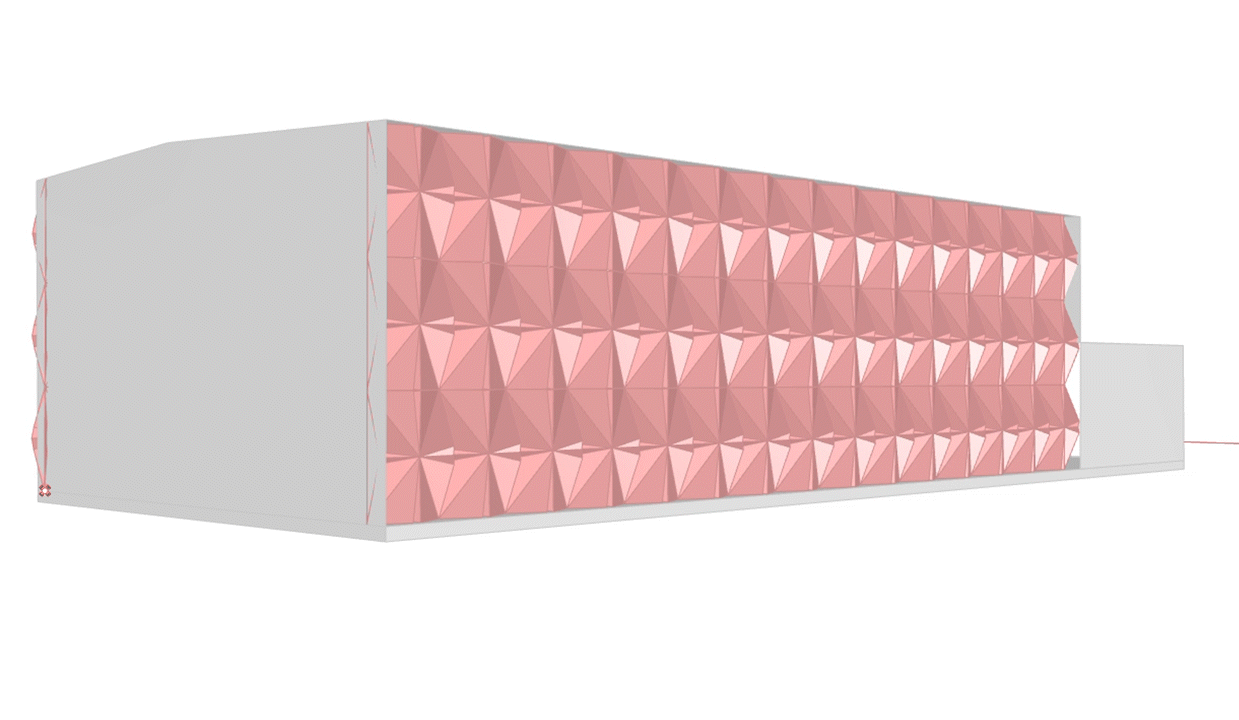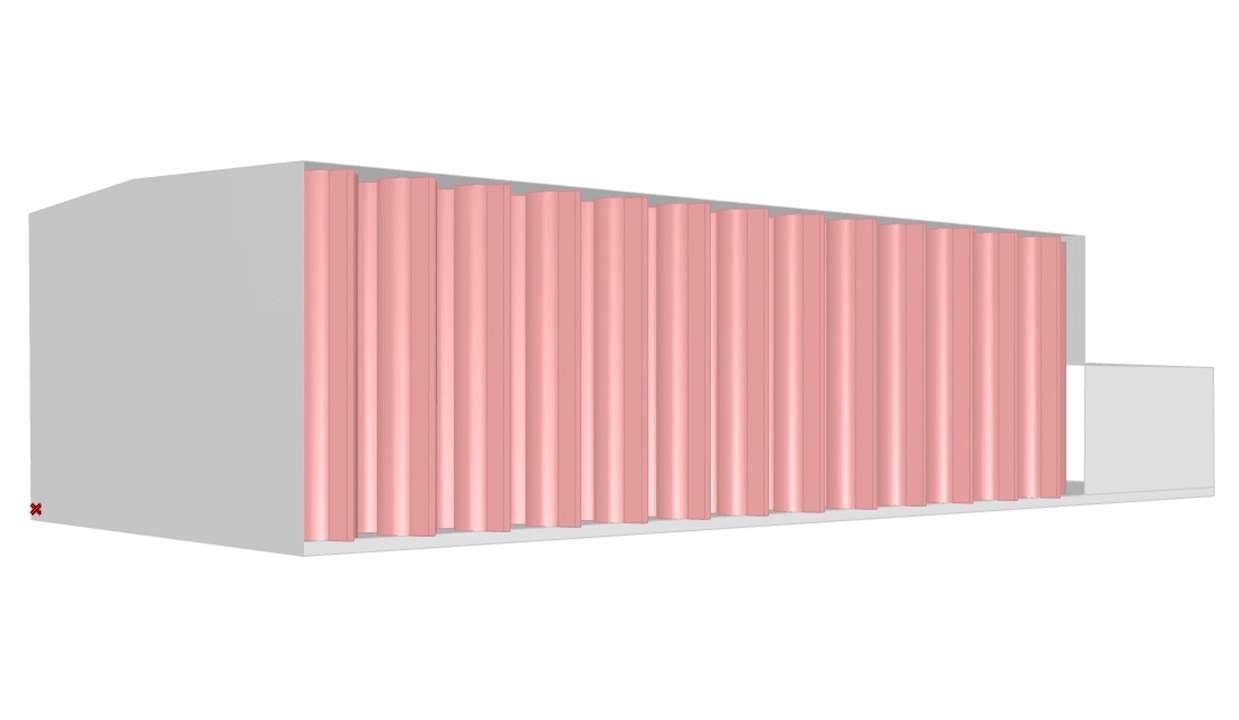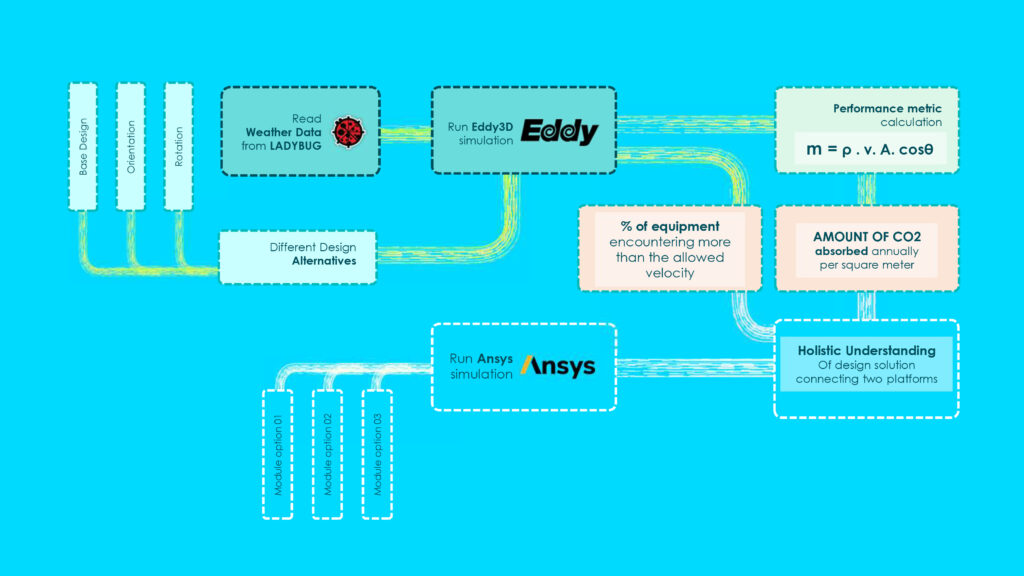August 21, 2023
A Computational Fluid Dynamics-based Design Optimization Tool for Carbon Capture Enclosure
ARC Fellow: Md Shariful Alam (Anik)
Degree Program: MS Architecture, Design Technology
Faculty Advisors: Narjes Abbasabadi (Arch)
Firm: Mithun
Firm Advisors: Jason Steiner, Chi Aoyama, Chris Reeh, Ken Boyd and Katie Stege
Project dates: Autumn 2022 – Spring 2023
Read the Project Report (Coming soon)
View Presentation Slides
Watch the Final Presentation
Read the NYT Article
More about the project:
Decarbonization of the built environment is an essential effort in reaching sustainability goals as a global priority. Carbon capture technologies such as direct air carbon capture which enables absorbing CO2 by naturally abundant CaCO3 through an affordable and energy efficient manner can be effectively deployed and integrated into urban buildings and infrastructures through passive sustainable design strategies. To facilitate the system, it is important to explore an efficient enclosure for the facility, which would help to enhance its capacity. To do so, an integrated design framework and tool that performs computational fluid dynamics (CFD) simulations are needed to support the design process by specifying requirements (e.g., boundary, protection from external uncertainties, and simultaneously maximizing airflow to the furnace) and optimizing the design scheme. However, limited studies have been done in this area. Integration of CFD analysis in design platforms allows design teams to investigate air pressure, velocity, or direction happening inside or outside a building.
This project investigates, explores and develops a computational fluid dynamics (CFD) simulation tool that can generate comprehensive results to investigate design solutions, especially for a carbon capture enclosure, that is tested at Heirloom’s carbon capture facility, a real-world case study project. The tool can be interpreted by designers having less knowledge of CFD and can be integrated with available optimizers in the same platform. The outcome helps us understand the necessary considerations to design workflow to generate a well-performed carbon capture enclosure.

Parametric Facade 01: Investigated to achieve desired airflow inside the structure. MD SHARIFUL ALAM

Parametric Facade 02: Investigated to achieve desired airflow inside the structure. MD SHARIFUL ALAM

Module Analysis 02: Investigated to achieve desired airflow inside the structure. MD SHARIFUL ALAM

The proposed framework that calculates mass flow rate inside any given design solution. MD SHARIFUL ALAM
